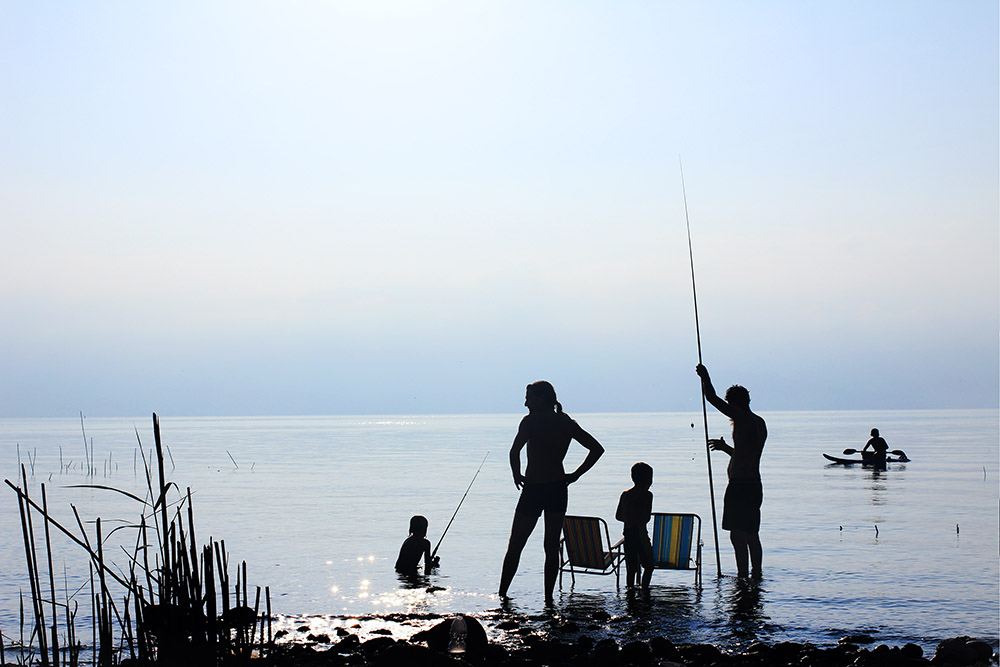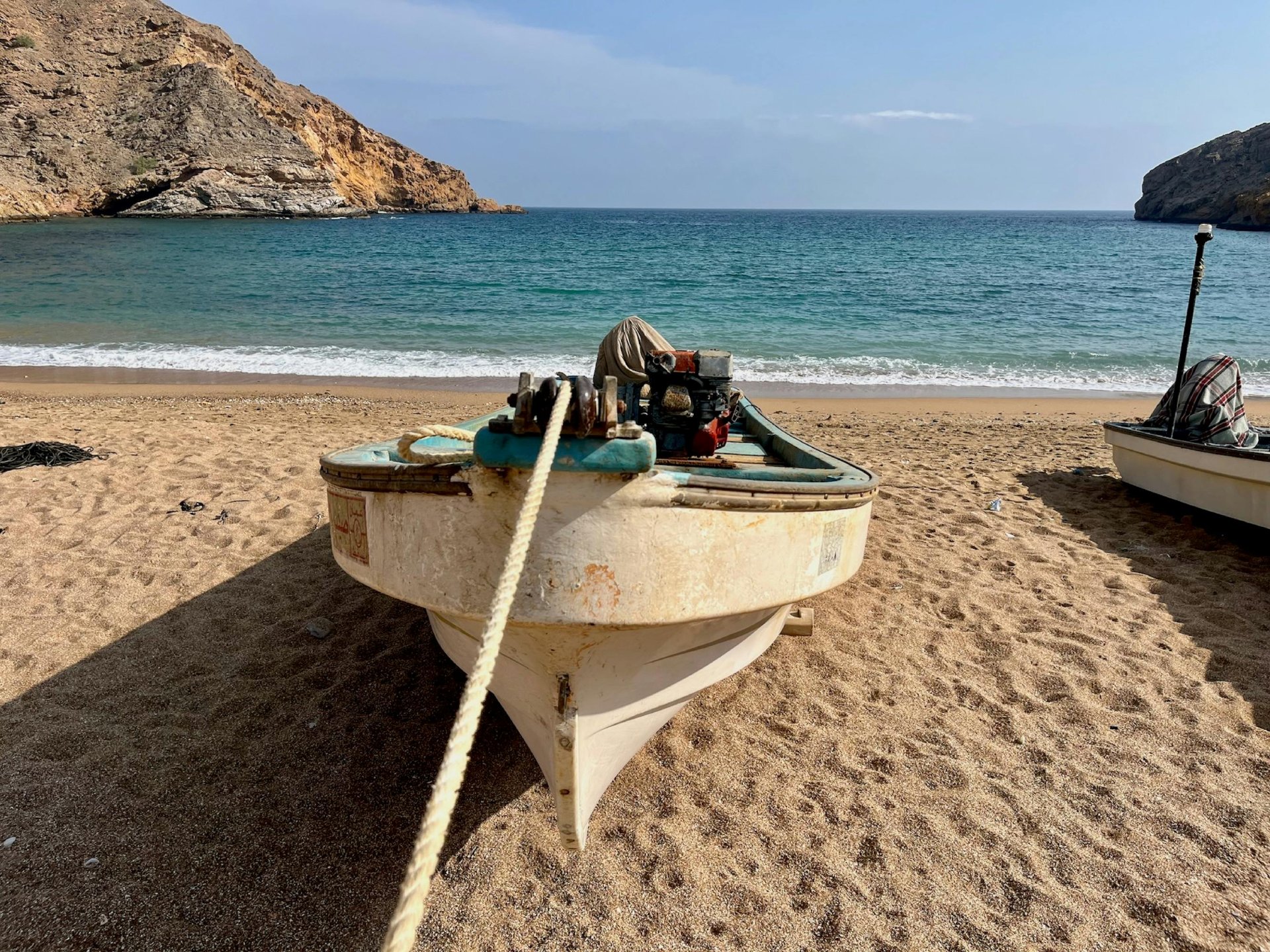According to a AAA travel survey, nearly 100 million Americans – four in 10 U.S. adults – took a family vacation in 2019. Europeans are big travelers as well: workers typically receive four weeks of vacation annually. Outside of Europe, according to an annual vacation survey by Expedia, Hong Kong residents use all of their 14 vacation days and Thailand residents use their 10 days.
What’s more, the numbers of families taking time away together are expected to rise by nearly 25% to 376 million trips annually by 2022, according to the Family Travel Association.
Who Is Traveling?
Before coronavirus, just about everyone.
Annual research by the NYU School of Professional Studies Jonathan M. Tisch Center of Hospitality and the Family Travel Association found that 77% of parent respondents have traveled with their children in the past three years and 70% are planning to travel with their children in the coming three years. The location varies: 21% of families have taken their children to an all-inclusive resort for vacation, 68% on a family road trip, and 68% on a beach vacation.
When borders open world wide, resilient travelers — young professionals, families with young children and backpackers — will book travel first. MMGY Global, a marketing company specializing in the travel, tourism and hospitality industry, estimates resilient travelers make up 16% of the travel market.
Summer travel will lean toward domestic travel and international travel will focus on sustainability. According to Booking.com’s Sustainable Travel Report for 2020, 82% of global travelers have identified sustainable travel as important and 68% of travelers would like the money they spend on travel to go back into the local community.
Traveling with Small Children
For new parents, preparing small children for a car or plane trip can be a daunting task. Here are some safety tips for planning summer adventure travel.
- Start with a safe location/destination. Look at health risks, safety risks, crime statistics and coronavirus restrictions. Global Rescue’s free Coronavirus Update can point your family in a low-risk direction.
- Have the right documentation. According to the U.S. Department of Homeland Security, all children, including infants, must have their own passport or Trusted Traveler Program document for U.S. entry.
- Carry documents if you are traveling alone with minor children. For example, if the child is accompanied by only one parent, the parent should have a note from the child’s other parent: “I acknowledge that my wife/ husband is traveling out of the country with my son/daughter. He/she has my permission to do so.”
- Decide about seating for children. You don’t need to purchase an extra seat for a child under age 2. If you don’t want a child on you lap the entire flight, you can purchase an infant ticket (not full fare). Bring your own car seat.
- Sign up for TSA Precheck. It can be difficult for young children to wait in long lines. Low-risk travelers can apply for an expedited security process, departing from a U.S. destination, in 120 airports. Returning to the states, Global Entry, run by U.S. Customs and Border Protection, speeds up process of entering the United States.
- Pack some extras. Make sure you have favorite blankets and stuffed toys to encourage naps, which will help with time zone changes or jet lag. Bring lollipops for ear pain and snacks for when blood sugars run low. Consider a child-size rolling suitcase for kids over age 5; kids love to be helpful.
- Provide safety education. Don’t start the adventure without children knowing what to do in an emergency, memorizing phone numbers, having contact info/ID on them at all times, and holding hands with adults at all times in public areas. You’ll also want to remind kids to continue all the coronavirus protection measures they follow at home.
Traveling with Teens and Preteens
Although the kids are older, it doesn’t mean the family trip is easier. Social media is influencing everyone’s decisions and according to a vacation survey by Alamo Rent A Car, nearly half (49%) of families decide where to go or what to do on vacation based on the pictures they see on social media. Parents seem to be especially influenced at 61 percent versus 36 percent for non-parents.
If you’re traveling with teens or preteens, try a few of these ideas:
- Ask for your teen’s input. Chances are they’ve already seen vacation spots on their friend’s social media sites, investigated places they’d like to go and investigated ecotourism destinations with sustainability in mind. And they’ll be more invested in the trip if they’ve helped plan it.
- Choose a location with lots of options. You’ve already done your research on the safety and health risks of the destination. Ask your kids to choose the hotel, researching the options it has for them: access to the beach, indoor or outdoor pool, game room or nearby activities. Teenagers will want to go and do things on their own and you’ll want them to be safe.
- Don’t ban technology. Of course you don’t want your child’s nose against the screen the entire trip. But a cell phone or an iPad can be handy during the downtimes of travel, or tracking your teen while they are off on their own. A Global Rescue membership includes the My Global Rescue Mobile App, to help families keep track of the people they care about with geo-fence designated areas and check-in functionality.
- Set some age-appropriate rules. This could include limiting the amount of money or valuables they carry, or scheduling check-in times or curfews.
Family Travel Tips for Any Age
Toddlers, teens, grandparents? Traveling with family requires patience, planning and practice. Here’s how to get started.
- Poll the family and see how everyone wants to spend their vacation. Use the results — two want water sports while two want relaxation — to pick the destination.
- Make sure everyone is healthy. Everyone in the family should schedule a travel health consultation three to four weeks before the trip. All immunizations and vaccines should be up to date.
- Plan your route. Depending on the ages of your clan, you might want to consider a flight with a layover (small children and seniors get a chance to stretch their legs). Teens can most likely handle a longer direct flight.
- Check in online and pick your seats. With younger children, you’ll want assigned seats so you are all sitting together.
- Add extra time to the travel schedule. Factor in any weather changes. Look up airport wait times before you get in the car.
- Find out what documentation you’ll need. Make sure your child has your personal information on them at all times, along with copies of their travel consent forms, travel itinerary and passport. More valuable documents like passports and vaccination documentation should stay with a parent or guardian. Grandparents should bring a list of medications. United Airlines provides some advice for domestic and international travel.
- Invest in travel membership services. Global Rescue family memberships include a primary member, spouse and up to six dependent children under the age of 26. Every member will be able to access medical, security, evacuation, travel risk and crisis management services.
- Children over age 26? Consider this idea: “I’ll be giving memberships to my older kids who have aged out of our family plan throughout the year as birthday presents,” said Global Rescue member Tim Williams of Wellborn, Florida.
If you’ve checked off the bullets on this list that apply to your upcoming summer vacation, you and your family members are ready for safe travels.









